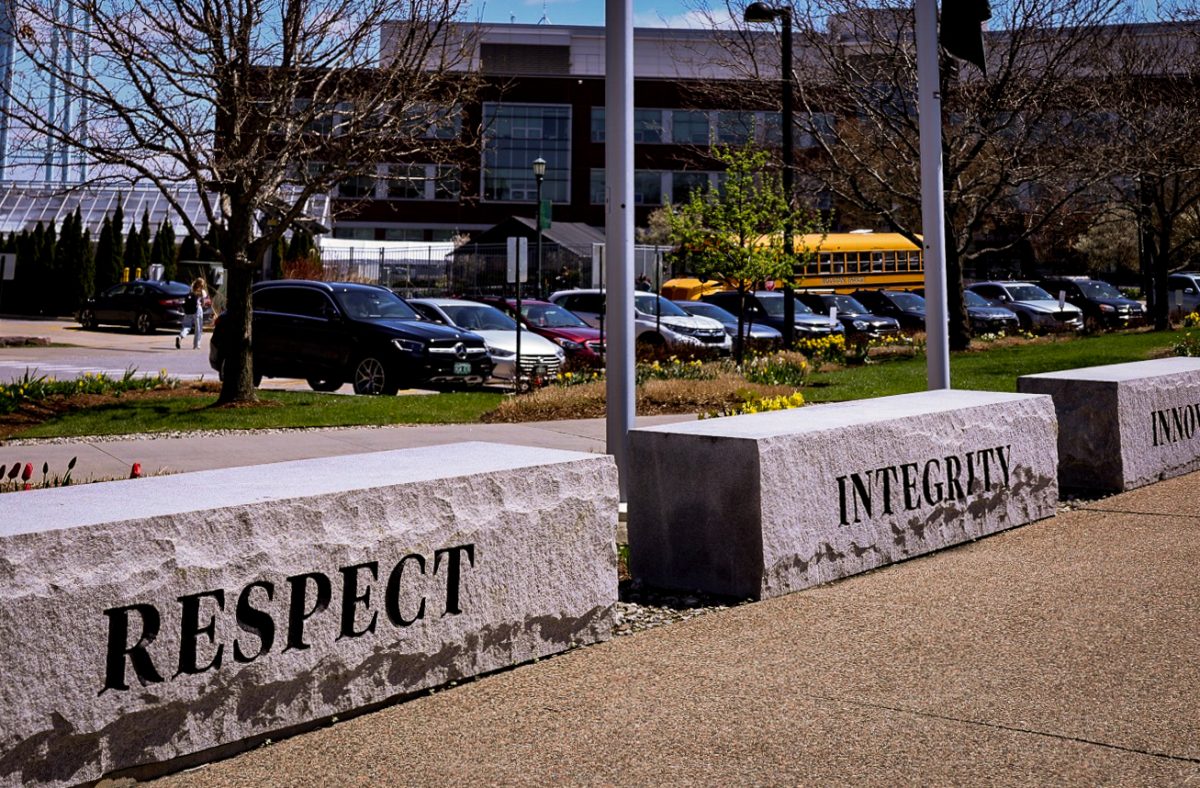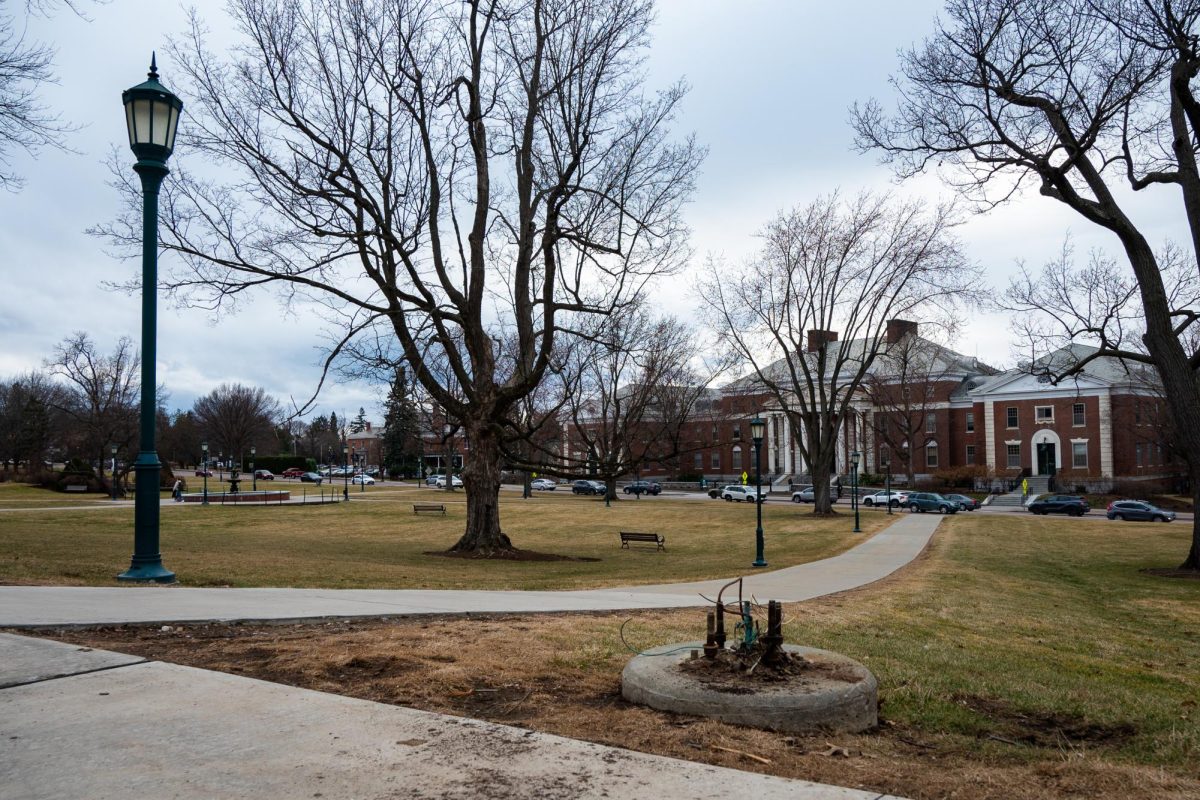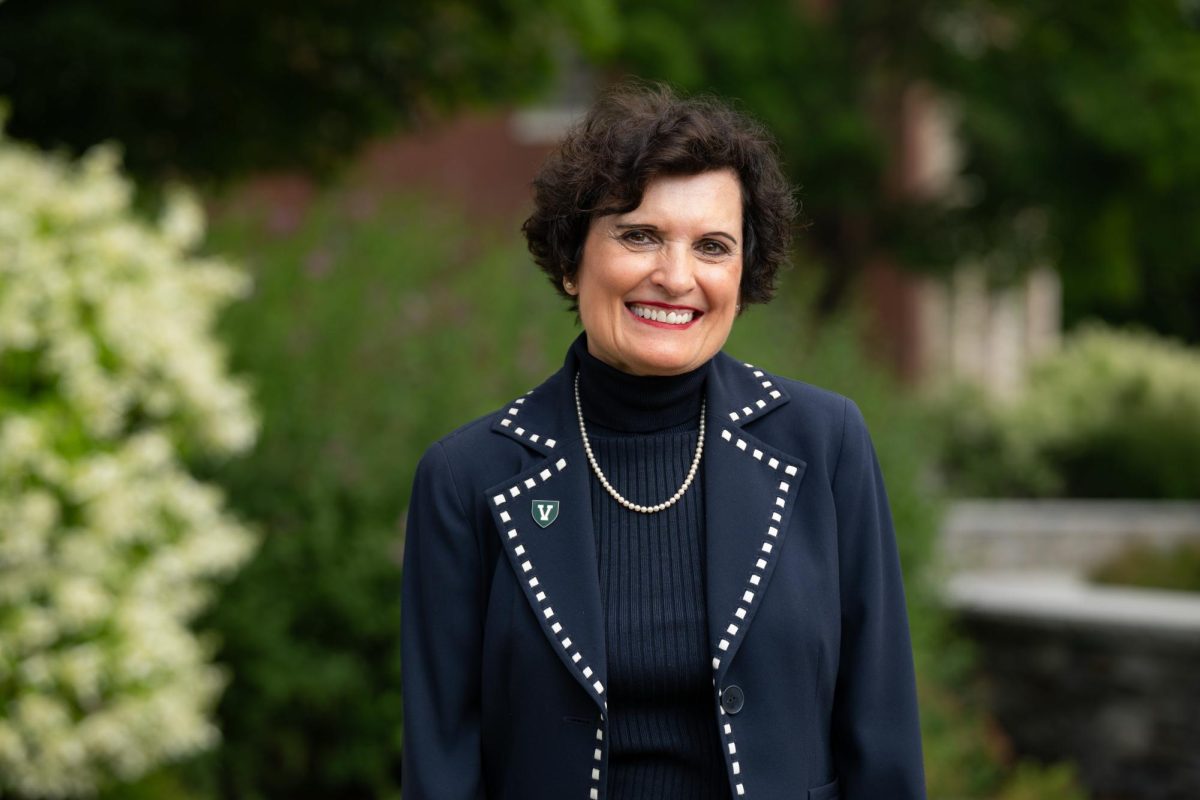The University of Vermont was one of 22 schools to receive $1 million to aid faculty in helping students with learning disabilities. Susan Edelman, a research professor at the UVM’s Center on Disability and Community Inclusion, and Larry Shelton, a professor in the College of Education and Social Services, applied for the grant from the U.S. Department of Education with the intentions of bringing teaching practices and knowledge to both students and faculty. The program will highlight the educational resources available inside and outside of the classroom. The million-dollar grant was given to 22 schools, including UVM, with the intention of creating a Universal Design program at each university, Edelman said. According to Shelton, the idea of Universal Design, or UD, emerged out of the Civil Rights movement of the ’60s and ’70s. “An importance was placed on the need for public education to be available for everybody,” Shelton said. Essentially, UD extends the importance of the accessibility of education to students with learning disabilities. “We legally, and morally, need to provide resources to students with learning disabilities,” Sheldon said. The program, now only in its first month of operation, is focused on creating a support team that supplies technical resources, information, and teaching practices to faculty who have students with learning disabilities. The team will include a faculty member, someone with knowledge of technological tools, and a graduate student. An important aspect to the UD program is that it acts as an educational resource to all students, not just students with disabilities. “Design it in the first place so it’s accessible to everybody,” Shelton said. Susan Edelman said that “research shows when faculty makes these changes in courses, it benefits everyone. [Universal Design] allows people to find their best mode out of an array of options.” These options include making course material available online, allowing students to take exams without time limits, and integrating technology into the classrooms, such as using Smart boards, audio transmitters, and visual aids. Shelton said that there are “all kinds of possibilities.” Addressing concerns about implementation, Edelman said, “we are not trying to force people to change.” “The resources are available to people who are interested and willing to change,” she said. The time span for Universal Design is three years, in which time Edelman said, “we can encourage change … and look to the future of the University.”
Categories:
UVM receives $1 million to make education accessible
November 22, 2008
0
More to Discover







